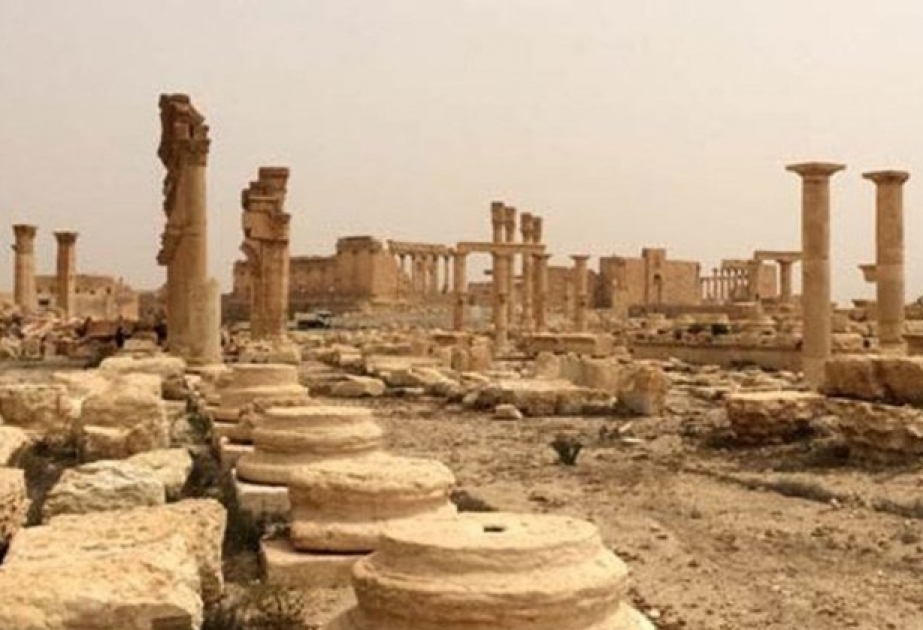CULTURE
Palmyra, an important cultural centre of ancient world

Baku, April 5, AZERTAC
An oasis in the Syrian desert, north-east of Damascus, Palmyra contains the monumental ruins of a great city that was one of the most important cultural centres of the ancient world. From the 1st to the 2nd century, the art and architecture of Palmyra, standing at the crossroads of several civilizations, married Greco-Roman techniques with local traditions and Persian influences.
Once called the “Pearl of the desert,” Palmyra, famous for its well-preserved Greco-Roman ruins, has been a UNESCO World Heritage Site since 1980, renowned for its unique blend of Greek, Roman, Persian, and Islamic cultures. In 2013, following the 2011 outbreak of the Syrian Civil War and the rise of ISIS, it was added to the list of endangered world heritage sites.
First mentioned in the archives of Mari in the 2nd millennium BC, Palmyra was an established caravan oasis when it came under Roman control in the mid-first century AD as part of the Roman province of Syria. It grew steadily in importance as a city on the trade route linking Persia, India and China with the Roman Empire, marking the crossroads of several civilizations in the ancient world. A grand, colonnaded street of 1100 metres' length forms the monumental axis of the city, which together with secondary colonnaded cross streets links the major public monuments including the Temple of Ba'al, Diocletian's Camp, the Agora, Theatre, other temples and urban quarters. Architectural ornament including unique examples of funerary sculpture unites the forms of Greco-roman art with indigenous elements and Persian influences in a strongly original style. Outside the city's walls are remains of a Roman aqueduct and immense necropolises.
Discovery of the ruined city by travellers in the 17th and 18th centuries resulted in its subsequent influence on architectural styles.
The site was designated a national monument and is now protected by the National Antiquities law 222 as amended in 1999.








